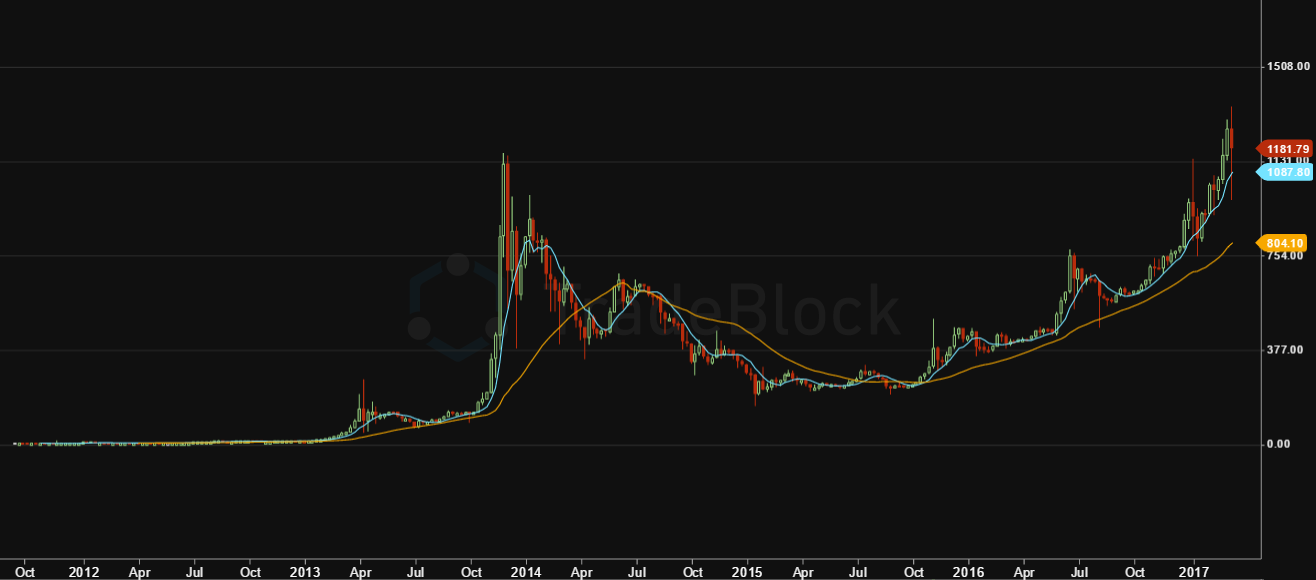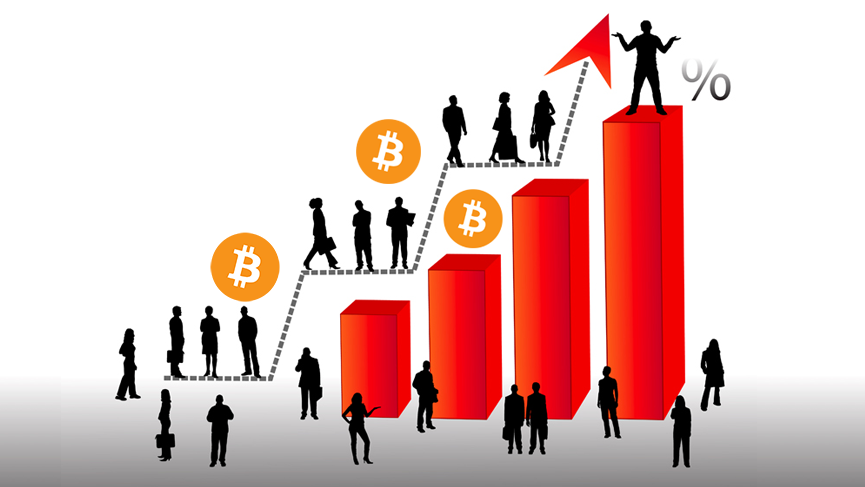What parties provide the bulk of the supply of bitcoin to the interested buyers? What is their incentive to increase sales in the market? As a market maker and liquidity provider with experience in both commodity options and equity options markets, these are some of the first questions I ask myself when I look at the landscape of the bitcoin market.
In the wheat market, the bulk of the supply comes from the farmers and other commercial entities that originate grain. In the copper market, and other metals, the miners provide the supply.
Farmers are an intrinsic long in the wheat market, and therefore, they are natural shorts. With every growing season and harvest, they accumulate a new position of physical grain to sell on the open market. Farmers sell grain to mills, bread makers, grain elevators, and other users/buyers of wheat. Index funds, hedge funds, and other speculators can be buyers of wheat on futures exchanges, giving farmers a larger pool of potential buyers.
The wheat futures market provides farmers with an efficient and virtually instantaneous way to hedge their long exposure to price. Farmers can sell futures, buy puts, or sell calls to decrease their long exposure.
Copper miners are in the same position. As they extract copper from the mines, they accumulate a long position of physical to sell on the open market. They are natural sellers or natural shorts in the copper market.
The same general principle applies to bitcoin. Bitcoin miners generate approximately 1750 bitcoin per day at the current rate. In the simplest terms, this is the natural supply hitting the market on a daily basis, assuming miners are selling 100% of their production.
What is the current landscape of the bitcoin market? Bitcoin longs have been in the driver’s seat for quite some time. As prices continue to make all-time highs, the demand for bitcoin has clearly been overpowering the supply of bitcoin. BTCUSD is up 300% in the past year. Sellers have been asking for higher and higher prices to relinquish their supply of bitcoin and buyers have been paying those higher prices.

Miners keep mining, and the market price of their product has steadily increased in value. Many commercial entities in the bitcoin universe are overwhelmingly bullish on the future of bitcoin and the prospects for higher and higher prices. This is a unique characteristic of the market, as most commodity markets have a more balanced set of participants, both natural longs and natural shorts
What percentage of production are bitcoin miners selling on the market? Have they increased the proportion of sales as the price has increased? Are the miners’ breakevens so low that they can be less aggressive with sales?
Even if wheat farmers believe that prices will go higher, they often need to sell a large portion of their harvested inventory to pay for the costs of planting their next crop. The same applies to copper miners. There are large fixed costs associated with commercial enterprises that produce physical commodities, and they need to generate enough cash flow to continue operations. Cash flow comes through sales of the commodities they produce.
Who else is moving the bitcoin market? More and more people are learning about bitcoin every day and a small number decide to buy a nominal amount of bitcoin to hold. A vast number of trading companies, large and small, are buying and selling bitcoin on the various exchanges and swap markets in different countries. The intraday price action in the bitcoin market continues to entice an increasing amount of traders to the arena.
As more businesses accept bitcoin as payment for products and services, there will be a greater flow of bitcoin transactions hitting the market. Businesses that accept bitcoin as payment for products or services often need to convert the collected bitcoin back into domestic currency to pay bills, taxes, or other expenses. As the market matures, with more commercial participants, these businesses won’t have to rush to convert the collected bitcoin as they will be able to use the bitcoin for other payables.
The paper bitcoin market is evolving rapidly as the cryptocurrency universe continues to grow. The SEC made it clear that the United States financial system is not yet willing to approve a bitcoin Exchange Traded Fund, so the public will continue to find other ways to gain exposure to the price action of bitcoin.
New bitcoin exchanges are popping up with greater frequency. Brilliant entrepreneurs and financial executives have developed powerful platforms to trade spot bitcoin, futures, swaps, and even options. As the bitcoin market ages and matures, the market will become more efficient, as low-latency market makers and arbitrage traders will take advantage of the small pricing discrepancies across exchanges, platforms, and securities.
The main question still remains, where are the natural shorts? Can the average daily mined bitcoin satisfy the average daily amount of new interested buyers looking to transfer a portion of their fiat currency into bitcoin? Currently, the demand for bitcoin is demonstrably overpowering the supply of bitcoin, as we watch prices steadily increase. The bitcoin price has been moving from the lower left corner of the chart to the upper right corner of the chart. Many bitcoin owners are playing the long game. They believe the price will be exponentially higher in 10 years, 20 years, even 50 years. What percentage of miners (bitcoin suppliers) feel the same way?


















